
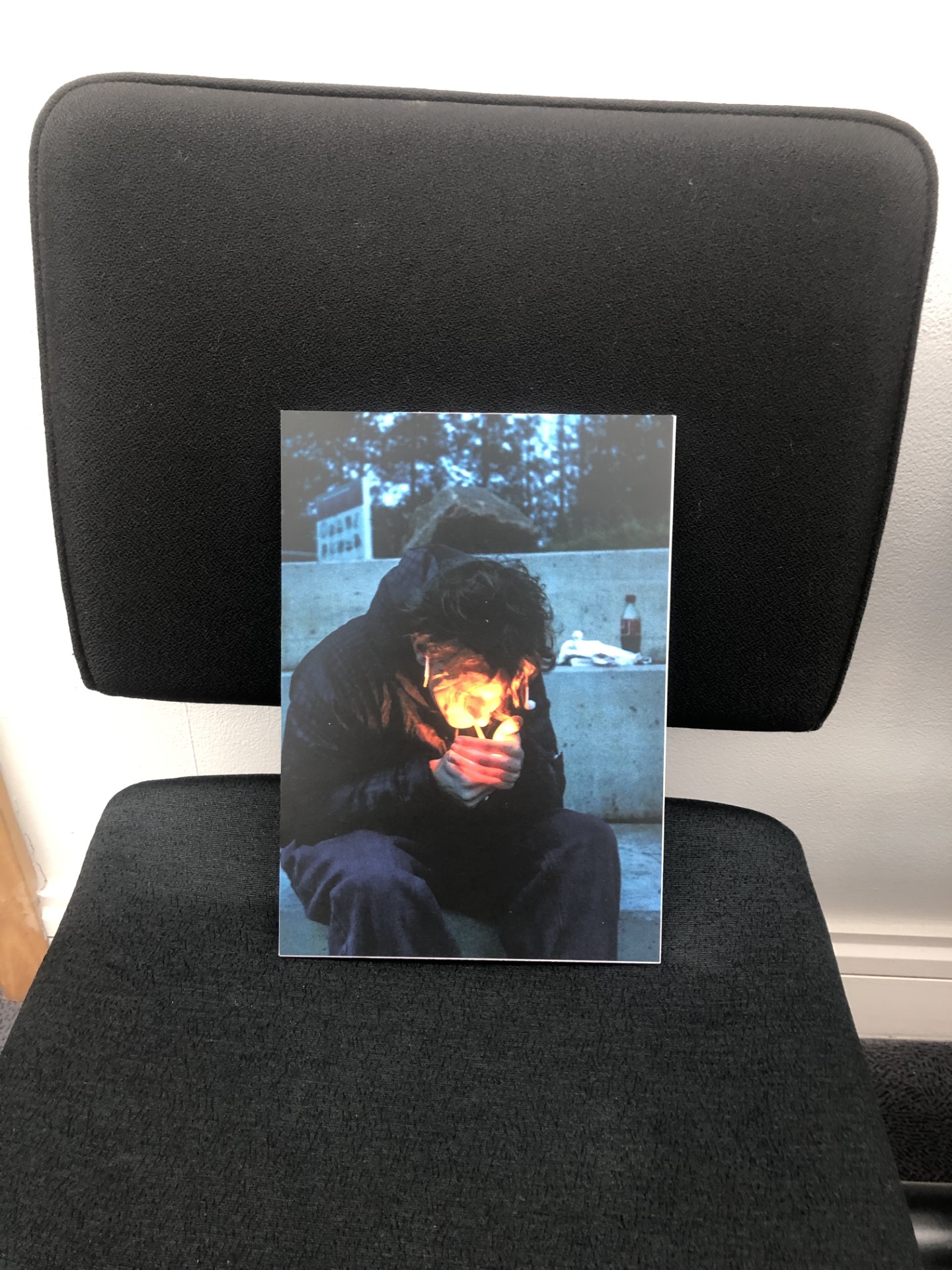

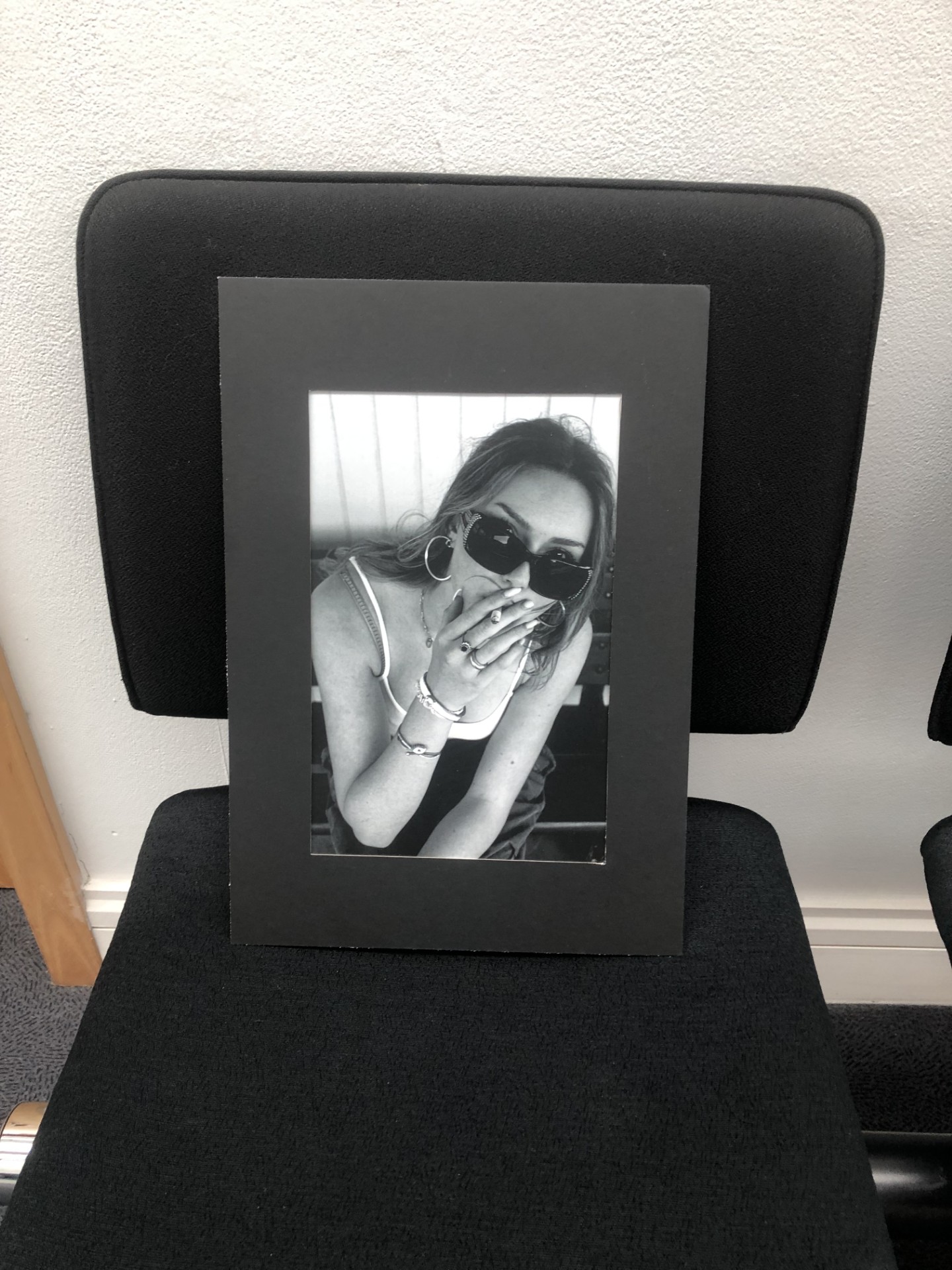




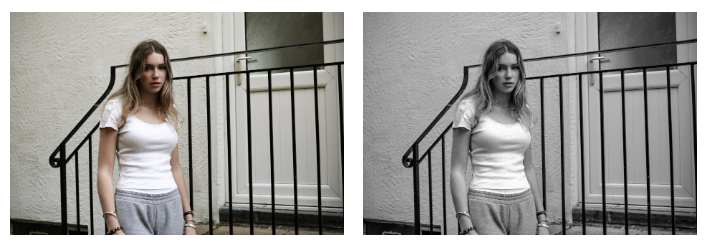


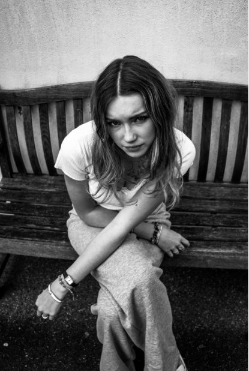
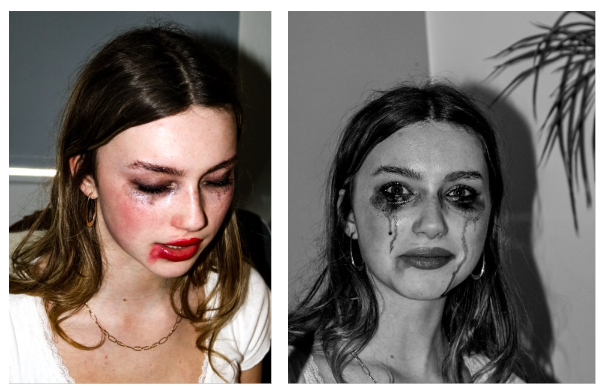
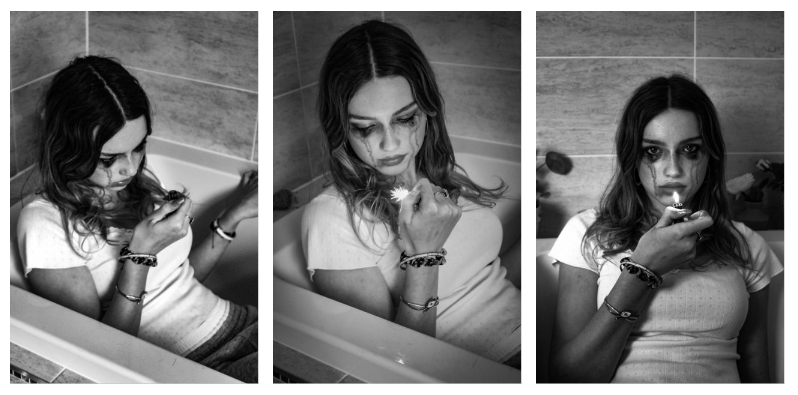
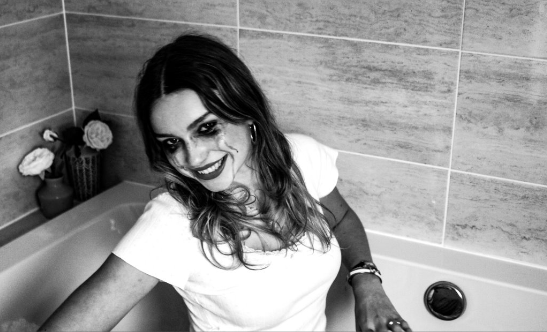

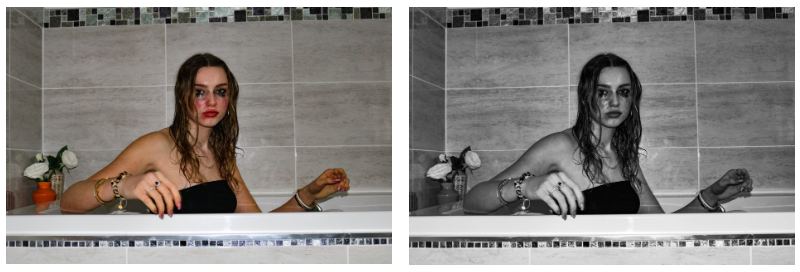
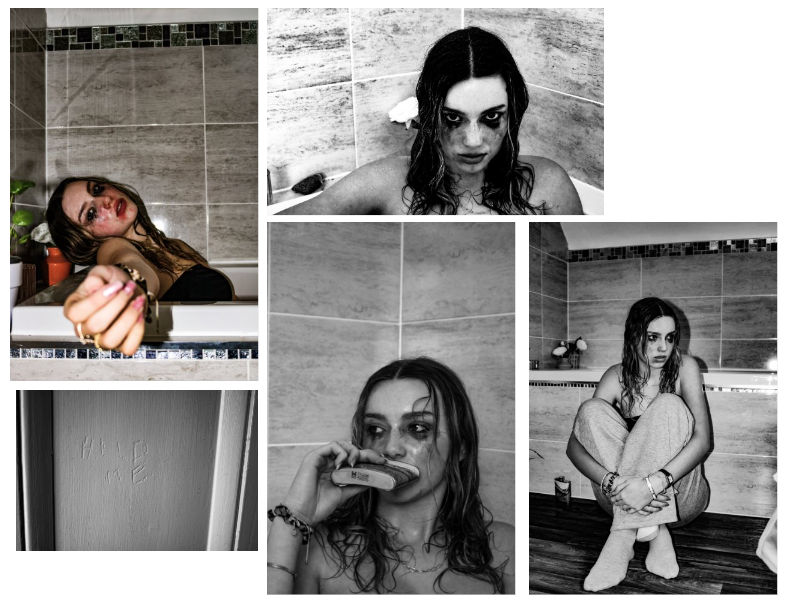
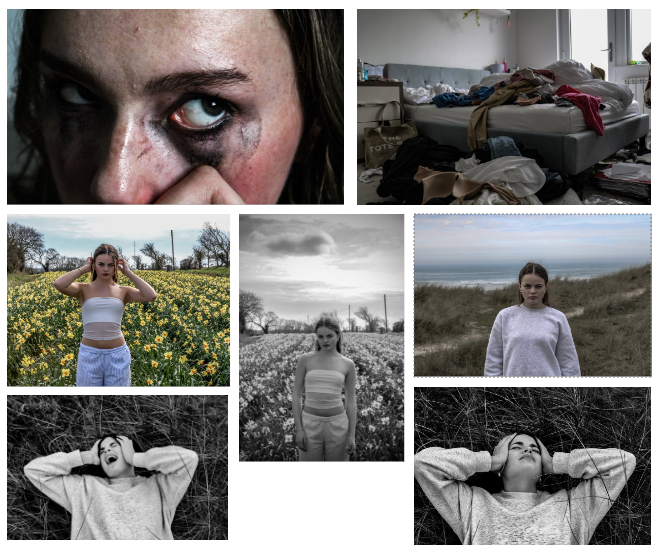
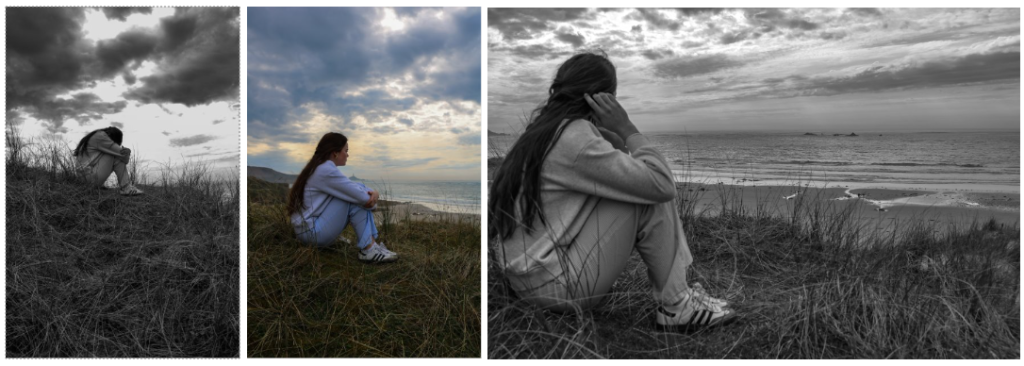


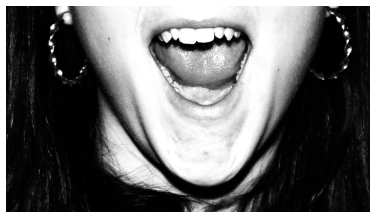
1:

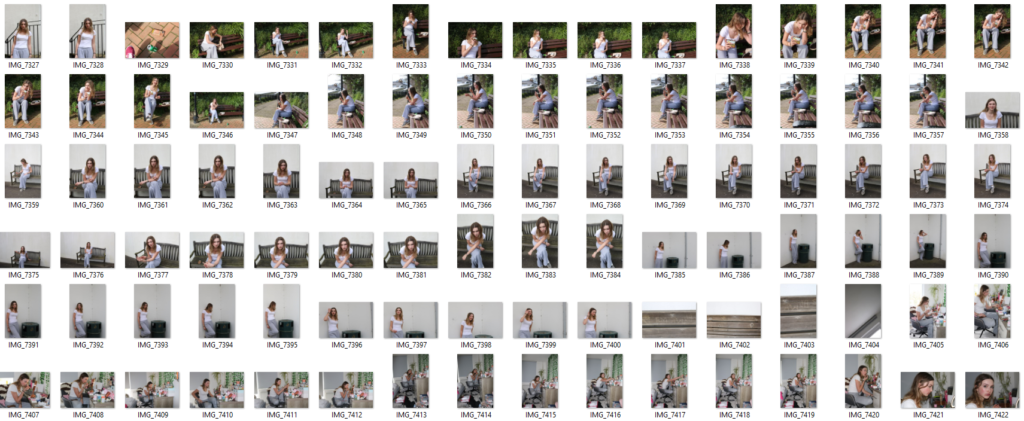

2:



3:


Female rage has been expressed as an ancestral and inherited response to the struggles, oppressions, and wrongdoings that women have been subjected to. It has also been referred to as being a compilation of the anger that our ancestors were unable to express, that is passed down through generations. It is a very abstract idea and a concept of a specific generational trauma. It is unknown as to whether women are born with this rage or it is developed due to exposure however, feminine rage appears to be prevalent for various women.

Historically, female anger is pathologized as hysteria or madness and can be portrayed as silent and unnerving as well as loud and chaotic.

Women are psychologically conditioned to internalize anger, put on a smile and “just be nice.” Studies published in Psychological Science and Science Daily, among many other organizations, show that male anger is appreciated and respected. In contrast, female anger reduces a woman’s status and puts her capabilities into question. Angry women are often seen or portrayed as overdramatic or irrational with their anger boiled down to two-dimensional stereotypes like the crazy ex-girlfriend, feminazi or the angry Black woman, just to name a few.

Oliver Chanarin photographed his partner Fionna bargess during the lockdown period during the outbreak of Covid-19. His unguarded images of Burgess aim to express the uneasy tranquillity of this period.

However, there were many critics of his work that described his images as a basic. They see his images as invasive in his way of showing a young woman’s body being inspected, scrutinized and photographically from a large variety of angles.

In these images her body is being inspected by the cameras , which unforgivingly presents every detail. Pores, wrinkles, dimples, hairs, every aspect of her body became visible. This very descriptiveness portrays the project as very male, and created to appeal to the male gaze by showing a sexualised and excessive portrayal of the female body.

One viewer said the images ‘speak of the power the man with the camera has, a power the model appears to be willing to submit to.’
Other work:
He also photographed Helen Abelen in the image titled ‘painter’s wife’:

The title, ‘Painter’s Wife’, presents Abelen not as her own person but rather as the property and an accessory to her husband. However many believed this to be problematic and offensive, in the latter half of the 20th Century, as the feminist movements didn’t appreciate the way women were being identified through their husbands.
Cynthia Morris Sherman is an American artist whose work mostly consists of photographic self-portraits, depicting herself in many different contexts and as various imagined characters.
Her work is a visual representation of Sexual desire, domination and the fashioning of self-identity as mass deception.

Sherman’s work is central in the era of intense consumerism and image proliferation at the close of the 20th century.
Film stills:
Cindy Sherman’s Untitled Film Stills is a photo series made up from over seventy black and white photographs. When thinking about this series, some aspects of her entire body of work immediately come to mind: disguise and theatricality, mystery and voyeurism, melancholy and vulnerability.

Originally she created these images in her apartment, using her own home as setting for the scenes until later expanding to outside for more urban shoots.

Cindy Sherman played with the slipperiness of identity which later continued into her other series. Although she is the subject of the images they are never really self-portraits. She creates different identities so is not showing a portrayal of herself and instead embodies many different characters and identities.
Image analysis:

Untitled Film Still #13 is an image showing Sherman using herself to present the a character in a 60s “coming of age” romance film. She represents the stereotypical young female intellectual on the hunt to discover her womanhood. Experiencing life in the 1970s, during the rise of Feminism, Sherman learnt to see through the popular clichés, shown in film and media, and show them in a satirical and ironic way. Her aim was to make the viewers more aware and conscious of how artificial and intricately constructed “female portraiture” portrayed to society.
Many criticized Sherman’s Film Stills as they believed she was encouraging the stereotypes of women and providing work that satisfies the male gaze through her portrayal of the objectification of women. However many understand Sherman’s ironic approach as being a parody to the female stereotypes and was created to question their prevalence.
Although many believe she is further objectifying herself for the male gaze she previously implied that the project was mostly created for a female audience.
“Even though I’ve never actively thought of my work as feminist or as a political statement, certainly everything in it was drawn from my observations as a woman in this culture. […] That’s certainly something I don’t think men would relate to”.
For my project I have decided to look at the concept of female rage. The definition of female rage is an expression of emotion that comes from experiencing sexism, gender inequality, or any form of injustice directed at women. I chose to look at this topic as not only does it fit with the theme ‘observe, seek and challenge’ it is also something I can understand and relate to. Being a female comes with many challenges and the social inability to expose yourself to emotions such as anger is one of them. A women that displays anger will be viewed as unstable and crazy whereas it is acceptable for a man. As a female myself, I relate and resonate with this topic and intend to create my own depiction of female rage using my own images and ideas.
For this project I am going to photograph women/girls in staged in situations that I believe depict female rage, whether internalised or obvious. I plan to turn my images into a photobook as I think that will be the most impactful way of displaying them.
Gaze – the way the artist and sitter look at each other, and the way we as viewers look at the person portrayed.
Male gaze – The male gaze is the act of depicting women and the world from a masculine, heterosexual perspective that presents and represents women as sexual objects for the pleasure of the heterosexual male viewer.

In photography we often find that women are reduced to being just sexual objects that appear as accessories to a larger composition. The classic example of a sexually posed woman next to a product in an advertisement is a good example of how the male gaze functions in photography and society.

‘Men act and women appear. Men look at women. Women watch themselves being looked at’ – John Berger

For this theme i decided to look at each individual word and find inspiration form what ideas came to mind when thinking of these prompts. Here are some of my initial ideas:
Observe – For observe I started thinking about how we percieve the world we see on a day to day basis which to me included things like how we are presented in the media, street photography, fashion, makeup etc.


Seek –
For seek i thought about it in the sense of a personal aspiration for example like peoples desires etc.

Challenge –
For challenge I started to think about beauty norms and what is expected of people. This inspired me to look for the opposite, for the weird and unique. This includes people with different features or creative makeup and costumes. I also related it to body stereotypes and how we can challenge the idea of a ‘perfect body’.

Final ideas:
In the end i looked over all the ideas i had thought of from the theme/prompt and came up with the idea of focusing on female rage.
